In the world of modern audio, the home has become more than just a place of rest — it’s a sanctuary for sound. Whether you’re a casual listener or a hardcore audiophile, building a home audio setup tailored to your space and budget can be incredibly rewarding. But where do you start?
1. Define Your Goals and Use Cases
Are you aiming for immersive movie nights, high-fidelity music listening, or background ambiance while working? The clearer your objective, the easier it is to prioritize your purchases. A setup for critical listening will differ drastically from one focused on home theater.
2. Understanding the Core Components
- Speakers: These are the heart of your system. Bookshelf speakers work well for smaller spaces, while floor-standing models offer fuller sound for larger rooms. Don’t overlook placement — room acoustics dramatically affect output.
- Amplifier/Receiver: It powers your speakers and acts as the brain of your system. Choose between stereo amps for music or AV receivers if you’re building a multi-channel system for movies.
- Source: Are you using vinyl, CDs, streaming services, or hi-res digital files? Quality DACs (digital-to-analog converters) can improve the sound from digital sources significantly.
3. Start Small, Expand Gradually
Don’t feel pressure to buy everything at once. Begin with a good pair of speakers and a solid amplifier. From there, expand based on your needs — subwoofers for added bass, turntables for analog warmth, or even room treatment for acoustics.
4. Budget Smart
- Under $500: Focus on powered speakers with Bluetooth or Wi-Fi streaming.
- $500–$1000: Look into separate passive speakers and an integrated amp. Add a streamer or DAC.
- $1000+: The sky’s the limit — floorstanders, tube amps, dedicated DACs, and custom furniture to house it all.
5. Don’t Ignore Cables and Positioning
While audiophile-grade cables can be overhyped, good quality interconnects and speaker wire are essential. And how you position your speakers (distance from walls, height, toe-in angle) can transform soundstage and clarity.
6. Future-Proofing and Integration
Look for systems that support high-resolution formats (24-bit, DSD), multiple inputs (optical, HDMI ARC), and wireless options (AirPlay 2, Chromecast). Integration with smart home systems can also add long-term value.
Conclusion
Creating your ideal home audio setup isn’t about maxing out your credit card on the most expensive gear — it’s about smart choices, gradual upgrades, and tuning the system to your ears. Great sound is deeply personal. Build patiently, experiment fearlessly, and most importantly — enjoy the music.
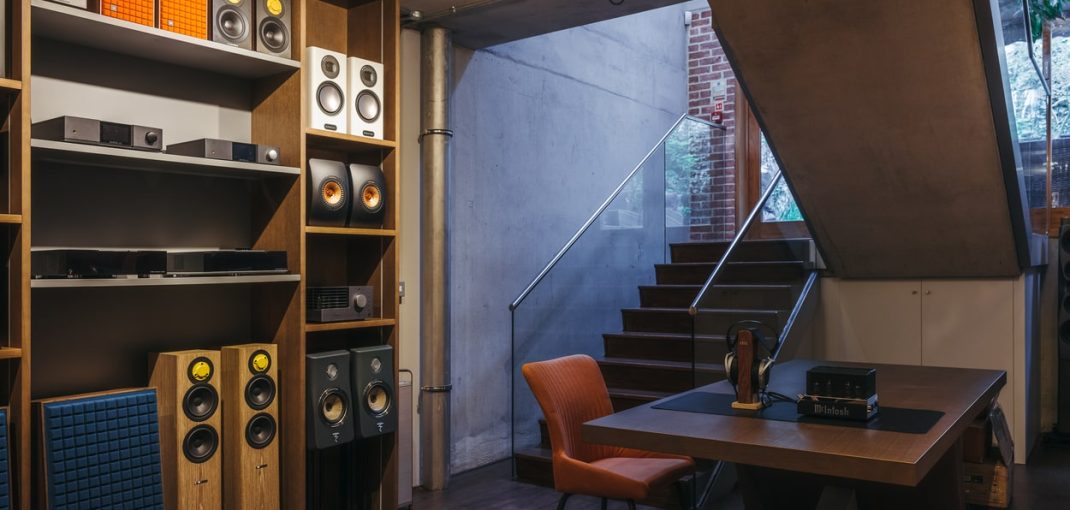
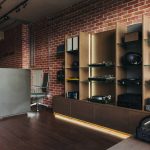

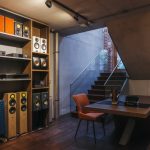
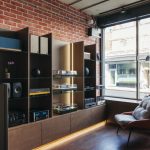
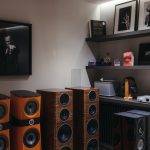
0 Comments
This is exactly what i was looking for, thank you so much for these tutorials
It would be great to try this theme for my businesses
What a nice article. It keeps me reading more and more!